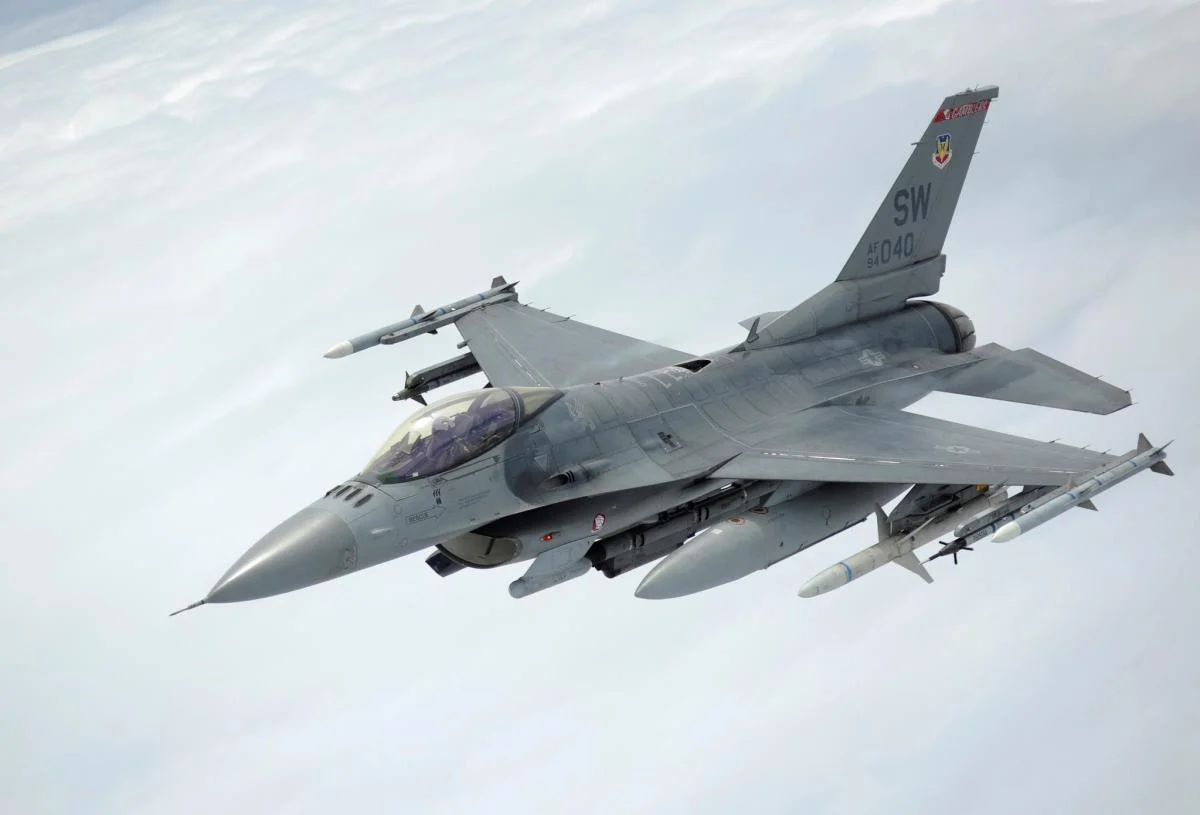
The leadership of the Belgian army believes that the F-16 aircraft are in poor condition. Therefore, they cannot be sent to Ukraine.
“It’s not that we don’t want to, but when our aircraft are decommissioned, they wear out. These planes have already flown so many hours that their structure is worn out. You can’t send planes to Ukraine that you wouldn’t use yourself,” uractiv quoted Lieutenant Frederik Goetink as saying.
Back in February, Belgian Prime Minister Alexander de Kroo made it clear that Brussels would not supply combat aircraft to Ukraine, and this was confirmed in May by Belgian Defense Minister Ludivine Dedonder.
While de Kroo emphasized the need for these aircraft for the national army and NATO, Dedonder said that the country cannot send its F-16s to Ukraine because they are “at the end of their life cycle,” even if the US gives the green light for delivery.
“Belgium has already sent automatic weapons, Lynx armored vehicles and more than 200 Volvo trucks to Ukraine, as well as ammunition, fuel and medical equipment,” Goetink said.
In addition to military aid, Belgium approved its latest support package for Ukraine in June, adding €24 million to the €61.5 million Brussels allocated for aid last year.
However, despite these statements, Belgium continues to lag behind in terms of overall military spending, especially when compared to NATO’s 2% of GDP spending target.
While Belgium has reached 1.18% of its GDP in terms of defense spending in 2022, a recent document published by NATO indicates that this year the figure will be 1.13% of GDP or over €6.5 billion. This puts Belgium behind Spain (1.26%) but ahead of Luxembourg (0.72%).
At the July NATO summit in Madrid, de Croo reaffirmed his intention to increase defense spending to 2% of GDP by 2035, following a “realistic” path of 1.54% by 2030.

